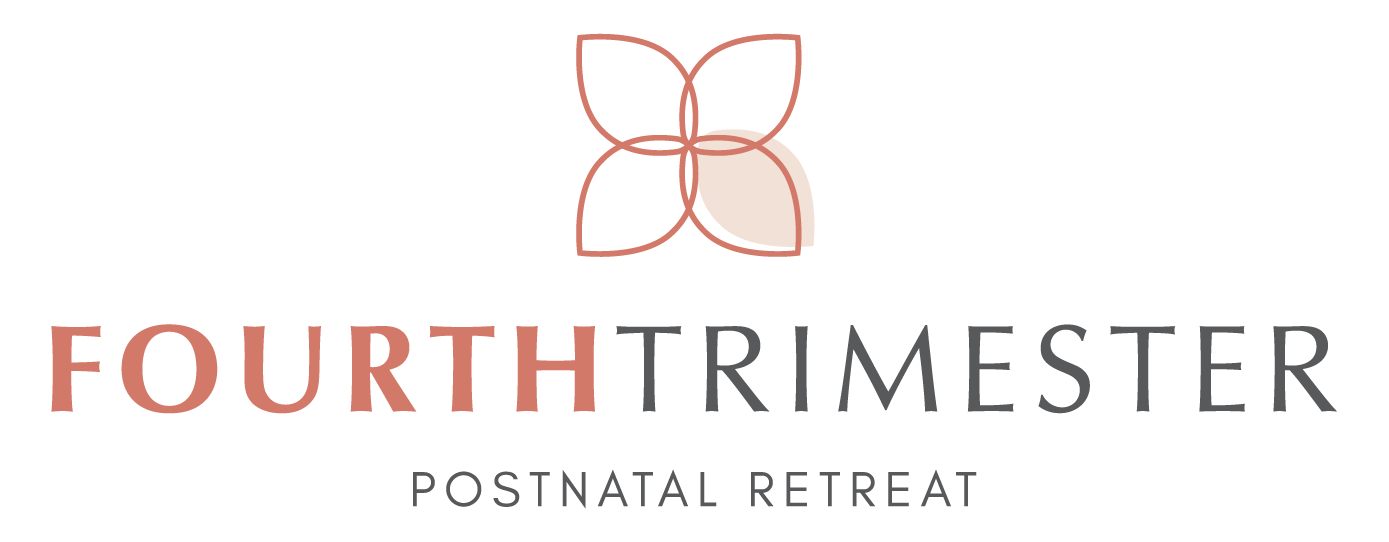Babywearing, the practice of carrying your baby in a carrier or sling, has been cherished by parents around the world for generations. But did you know that it’s not just a matter of tradition or convenience? Babywearing is supported by science and research, revealing a host of incredible benefits for both caregivers and infants. Let’s delve into the science-backed advantages of babywearing, shedding light on why it’s not just a trend, but a powerful parenting tool! Our trained and certified specialists can help you with babywearing at our Watergate Hotel retreats and 4T at Home services.

1. Babywearing for Secure Attachment – Building Strong Bonds
One of the most significant benefits of babywearing is the promotion of secure attachment between caregivers and infants. Secure attachment is crucial for healthy emotional development and lays the foundation for positive relationships throughout life. By keeping your baby close, you create a nurturing environment that fosters a strong emotional bond.
2. Oxytocin Release – The ‘Love Hormone’
Oxytocin, often referred to as the ‘love hormone,’ plays a central role in early parenting. Babywearing stimulates the release of oxytocin, both in caregivers and infants. This hormone is associated with parental caregiving behavior and infant development. When oxytocin flows, it nurtures the emotional connection between parents and babies.
3. Improved Responsiveness and Sensitivity – Meeting Baby’s Needs
Baby carriers make it easier for caregivers to respond promptly to their baby’s needs. Mothers using carriers tend to be more attuned and more responsive to their baby’s cues, which is a critical aspect of positive parenting. It ensures that your baby feels heard and loved, which ultimately leads to being happier and more confident, setting the stage for positive emotional development.
4. Better Breastfeeding – Convenience and Success with Babywearing
Breastfeeding is a vital aspect of infant nutrition, and babywearing can support it in several ways. Carrying your baby in a carrier makes breastfeeding more convenient and discreet. This proximity encourages more frequent breastfeeding, which is essential for establishing and maintaining a mother’s milk supply and ensuring optimal nutrition for the baby.
5. Improved Sleep – Restful Nights for All
Parents often yearn for more sleep during the early months of their baby’s life. Babywearing can be a game-changer in this department. Babies carried in slings or carriers tend to sleep better, resulting in more restful nights for both caregivers and infants. A well-rested family is a happy family.
6. Less Crying Babywearing- Calm and Content Babies
Babywearing has been found to reduce infant crying, especially during those peak fussiness periods. It keeps babies calm, content, and regulated, allowing parents to navigate their daily lives with less stress. A happier baby means a happier household.
7. Better Mental Health – Easing Stress and Anxiety
Postpartum depression and anxiety affect many new mothers, with potential long-term consequences for child development. The practice of babywearing can help alleviate maternal depressive and anxiety symptoms. It has a calming effect on mothers, positively influencing physiological markers of stress.
Babywearing provides mothers with a connection to their babies, which can reduce repetitive negative thinking, a risk factor for various mental health disorders. It also allows mothers to be physically close to their infants while engaging in bright, positive activities that contribute to better mental health.
In addition, fathers who engage in babywearing have been shown to enhance their paternal roles, reduce stress and anxiety, and improve their responsiveness to their infants. This fosters secure attachment between fathers and babies.
8. Hip Development – Healthy Hips for Life
Babywearing, when done correctly, supports the development of healthy hips in infants. The optimal position for hip development is achieved when the baby’s hips are flexed and abducted, resembling the “M-position.” Cultures that practice babywearing with this positioning have lower rates of hip dysplasia and a reduced risk of adult hip arthritis.
9. Positional Plagiocephaly Prevention – Protecting Baby’s Head Shape
Babywearing minimizes the time babies spend lying on their backs or with their heads resting on flat surfaces. This reduces the risk of positional plagiocephaly, a condition that can affect the shape of a baby’s head. It’s a simple way to protect your baby’s head shape without the need for expensive helmets or repositioning therapies.
10. Workplace Integration – Supporting Working Parents
For working parents, babywearing offers a practical solution. In the United States, where maternity leave policies are often limited, babywearing in the workplace has gained traction. Data shows that parents who bring their pre-crawling babies to work in carriers experience higher staff retention rates, an earlier return to work (reducing temporary worker costs), increased morale and teamwork, and higher dedication to employers. Babywearing in the workplace helps parents maintain their careers while staying closely connected to their babies, ensuring a strong emotional bond.
In conclusion, babywearing is not just about convenience; it’s a science-backed way to nurture your baby and create strong, loving bonds. It offers numerous advantages, from promoting secure attachment and enhancing sensitivity to improving breastfeeding, sleep, and mental health. With the power of babywearing, you can provide your baby with the best start in life while enjoying the many benefits it brings to your parenting journey.
Resources:
https://pubmed.ncbi.nlm.nih.gov/1919818/
https://hipdysplasia.org/wp-content/uploads/2022/07/AJPN.MS_.ID_.555876.pdf
https://www.ncbi.nlm.nih.gov/pmc/articles/PMC3785903/
https://pubmed.ncbi.nlm.nih.gov/27965377/
https://pubmed.ncbi.nlm.nih.gov/30188302/
https://pubmed.ncbi.nlm.nih.gov/3517799/




